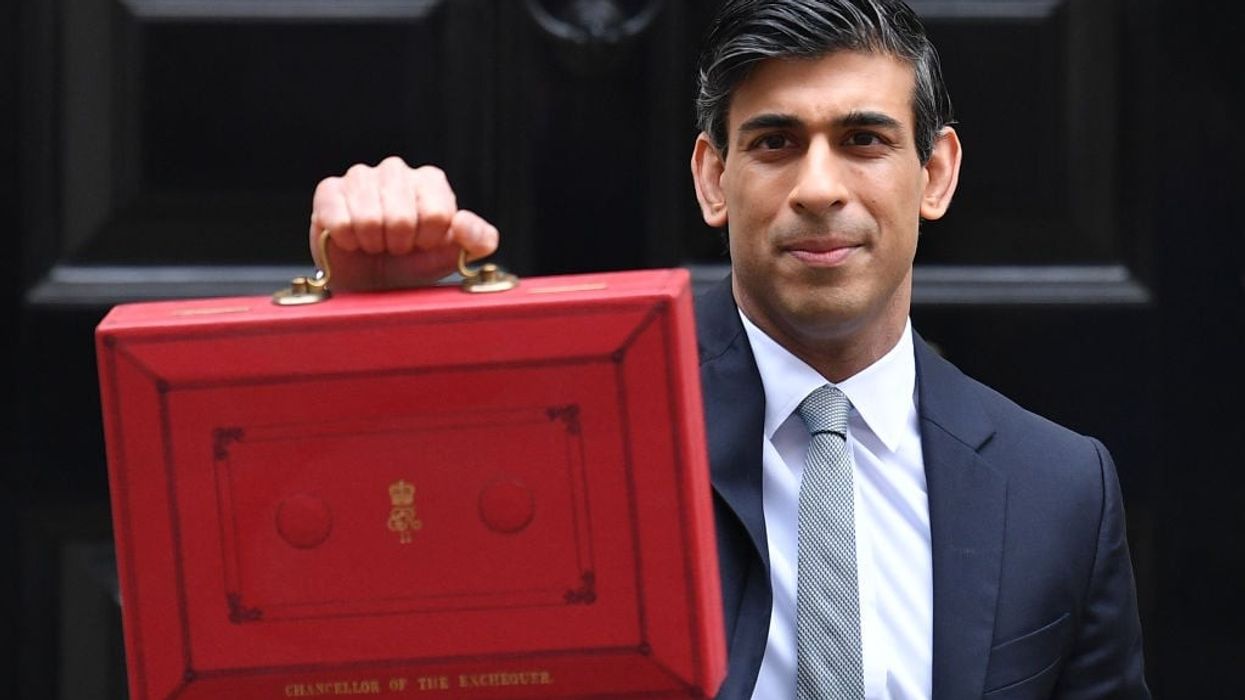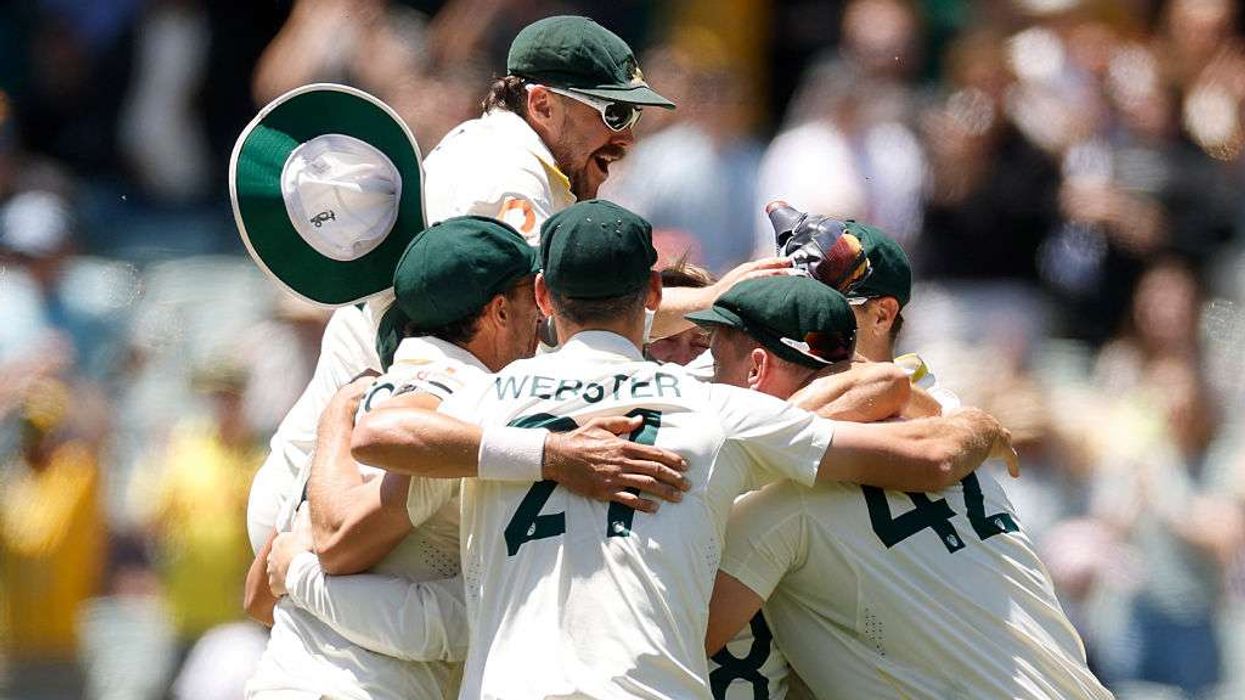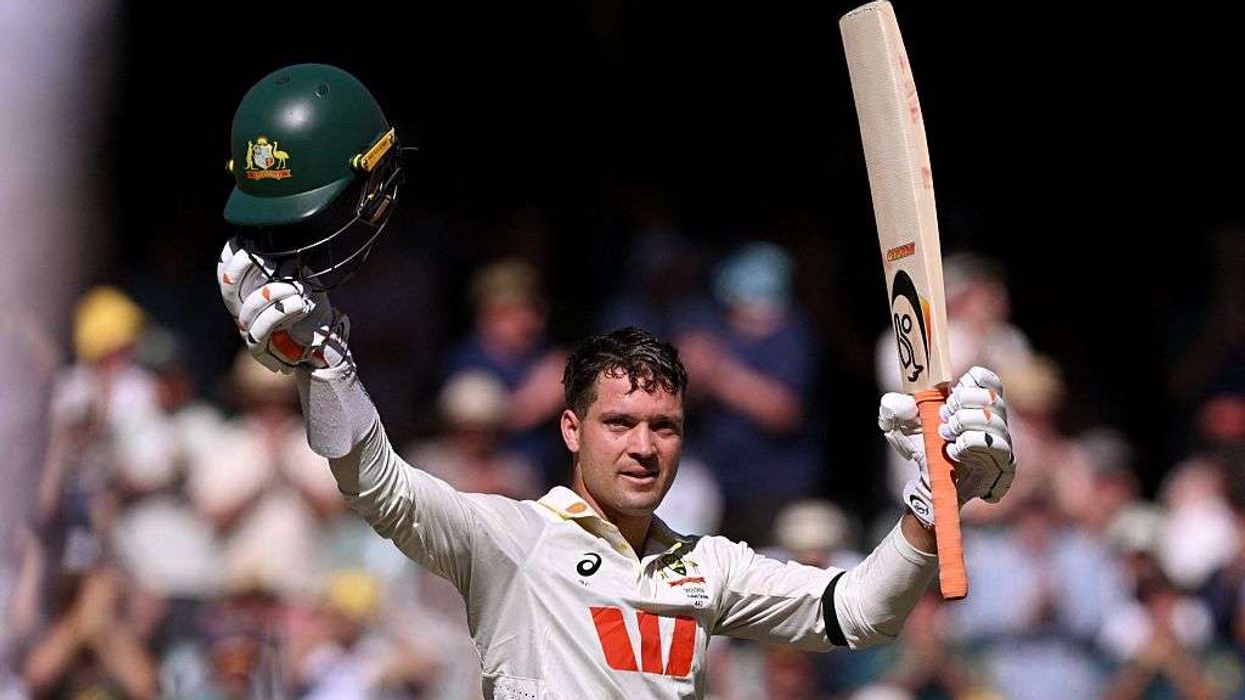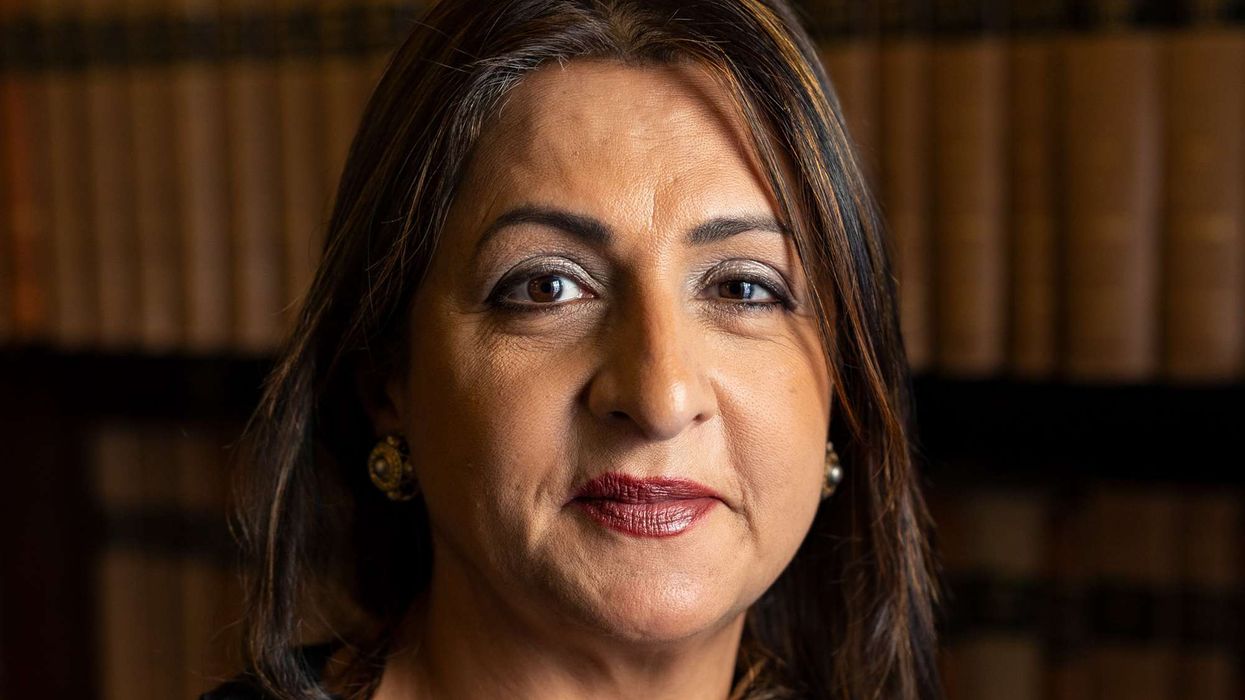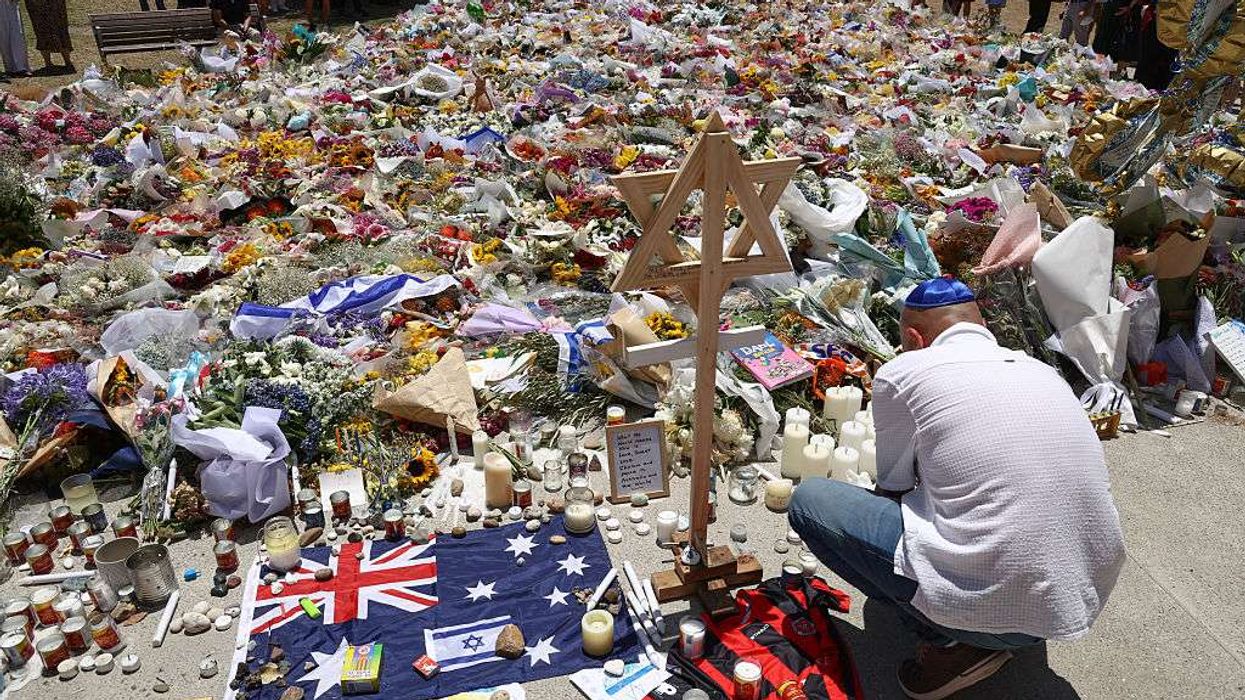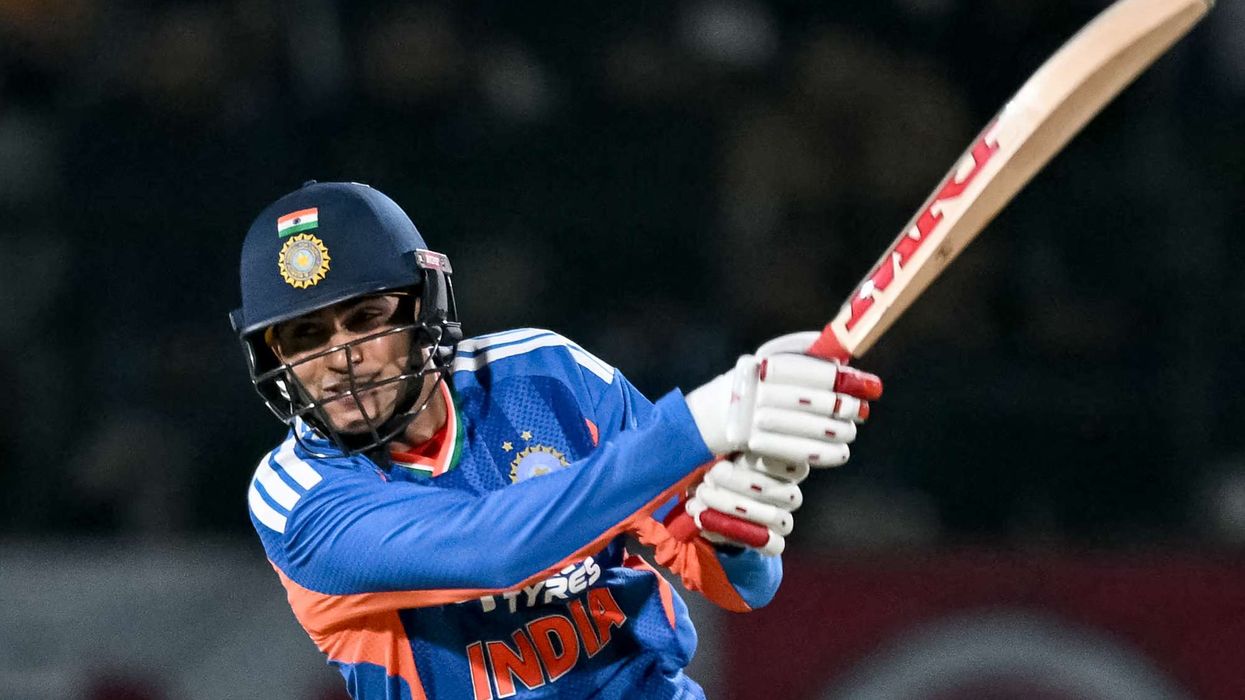British chancellor of the exchequer Rishi Sunak is being accused of being out of touch with ordinary voters, in a sudden fall from grace just months after he was tipped as the next prime minister.
The star of the 41-year-old had been in ascendancy for his handling of public finances as the coronavirus pandemic devastated jobs and businesses.
But it has lost some of its lustre following a mini-budget on Wednesday which he said was designed to tackle cost-of-living pressures that are soaring.
At the same time, he is facing awkward questions about his billionaire wife and her father, whose company has had to play down its business ties in Russia.
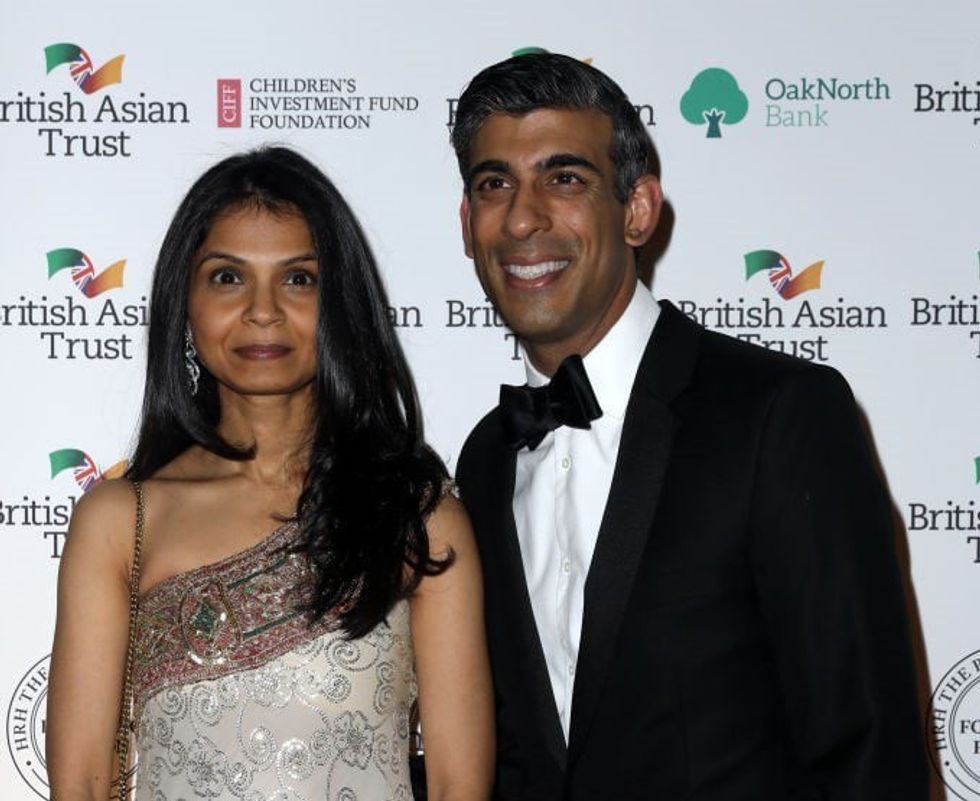
Sunak -- who has billed himself as a low-tax Conservative -- was branded a "fiscal illusionist" by a think-tank for claiming to cut taxes but allowing the overall tax burden to rise.
What he hailed as "the largest single personal tax cut in a decade" in fact set taxes on course to rise to their highest level as a fraction of national income since just after World War II.
Paul Johnson, head of the Institute for Fiscal Studies think-tank, said Sunak had done nothing to protect the poorest by increasing welfare payments in line with inflation.
"He continues, despite his rhetoric, to be a chancellor presiding over a very big increase in the tax burden," he told reporters on Thursday.
"What he did was not enough even to stop the expected tax burden rising yet further."
Sunak's headline policy was a cut in fuel duty by five pence (0.06 euro, $0.07) for a year.
But that reduction was immediately swallowed up by rising fuel costs attributed to market instability blamed on Russia's invasion of Ukraine.
The chancellor -- nicknamed "Dishy Rishi" because of his slick Instagram-ready profile -- was then photographed filling up a car at a supermarket petrol station.
But the car in question, a humble Kia Rio, did not belong to the wealthy former Goldman Sachs analyst, but had been borrowed from a supermarket employee.
He then appeared confused as to how to pay for the fuel and a can of soft drink at the check-out.
- Russia questions -
The fall-out from Wednesday has dogged Sunak, with unfavourable headlines even from normally supportive newspapers.
He has also had to fend off questions about his wider family.
On Thursday, he was grilled over his wife Akshata Murthy's share in the Indian IT giant, Infosys, which was co-founded by her father NR Narayana Murthy.
She owns a stake in the company worth around $1.0 billion, according to the company's disclosure to the stock exchange.
With Britain and others seeking to isolate Russia economically over its invasion of Ukraine, he was asked whether Infosys was also reducing its presence there.
"I have absolutely no idea because I have nothing to do with that company," an uncomfortable-looking Sunak told Sky News.
"I am an elected politician and I'm here to talk to you about what I am responsible for, my wife is not."
Infosys itself said it had committed $1.0 million towards relief efforts for victims of the war, saying it has "a small team of employees based out of Russia, that services some of our global clients, locally."
- Personal wealth -
Sunak's private wealth and the fortunes of his in-laws are more than likely to be used again as a weapon by his political opponents, particularly in financially straitened times.
He was once dubbed "the Maharajah of the Yorkshire Dales" in a magazine profile, in a reference to his rural constituency in northern England.
But his background is comparatively humble: his father was a doctor and mother a pharmacist, and he grew up in Southampton, on England's south coast.
He became the first person born in the 1980s to hold one of the top four jobs in British politics, after a career in finance and a first-class degree at Oxford University.
Sunak and Murthy married in 2009, in a relatively modest affair, but the reception was attended by around 1,000 guests including politicians, industrialists and cricketers.
Murthy's personal wealth has previously raised questions in the British media, with some of her reportedly lavish presents to her husband, including a £180 "smart mug" and £95 sliders, causing him embarrassment.
The couple, who have two daughters, own at least four properties, including a £7-million five-bedroom house in the swishy London district of Kensington. They also own a flat in Santa Monica, California -- and a photogenic dog called Nova.
Murthy dabbled in finance and marketing and in 2010 created her own fashion label.
